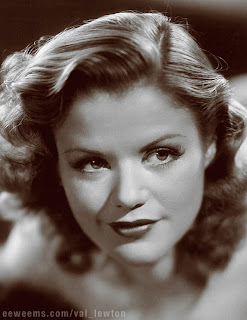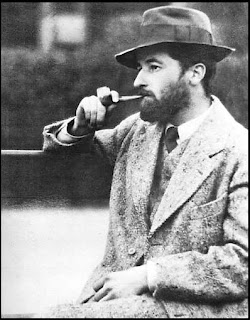
Simone Thérèse Fernande Simon (April 23, 1910 (some sources say 1911) – February 22,2005) was a French film actress who began her film career in 1931.
Simon made her screen debut in Le Chanteur inconnu (The Unknown Singer, 1931), and quickly established herself as one of the country's most successful film actresses. After seeing her in the 1934 film Lac Aux Dames (USA title: Ladies' Lake), Darryl F. Zanuck brought her toHollywood in 1936 with a widespread publicity campaign.
However her films for 20th Century Fox were only moderately successful. Among others, she was cast in the Janet Gaynor role in a remake of the beloved silent classic Seventh Heaven, which co-starred James Stewart and flopped. She also appeared as an eager child/woman in Ladies in Love, which starred Gaynor, Constance Bennett, and Loretta Young, a heavyweight lineup in which Simon's role left her little chance to compete effectively. Simon returned, dissatisfied, to France. There she appeared in the film La Bête Humaine (The Human Beast) in 1938.
With the outbreak of World War II she returned to Hollywood and RKO Studios where she achieved her greatest successes in English language cinema with The Devil and Daniel Webster (1941), and thehorror films Cat People (1942) and The Curse of the Cat People (1944).
These films, however, did not lead to greater success and she languished in mediocre films until the end of the war.
She returned to France to act, and appeared in La Ronde (Roundabout, 1950). Her film roles were few after this and she made her final film appearance in 1973.
She died in Paris, France on 22 February 2005, aged 94, from natural causes. The BBC mistakenly reported her age as 93,[1] by using the wrong year of birth (1911). A few days later, French Minister of Culture Renaud Donnedieu de Vabres issued a statement in which he extolled Simon's "charm, her irresistible smile. . . With Simone Simon's passing, we have lost one of the most seductive and most brilliant stars of the French cinema of the first half of the 20th century





















